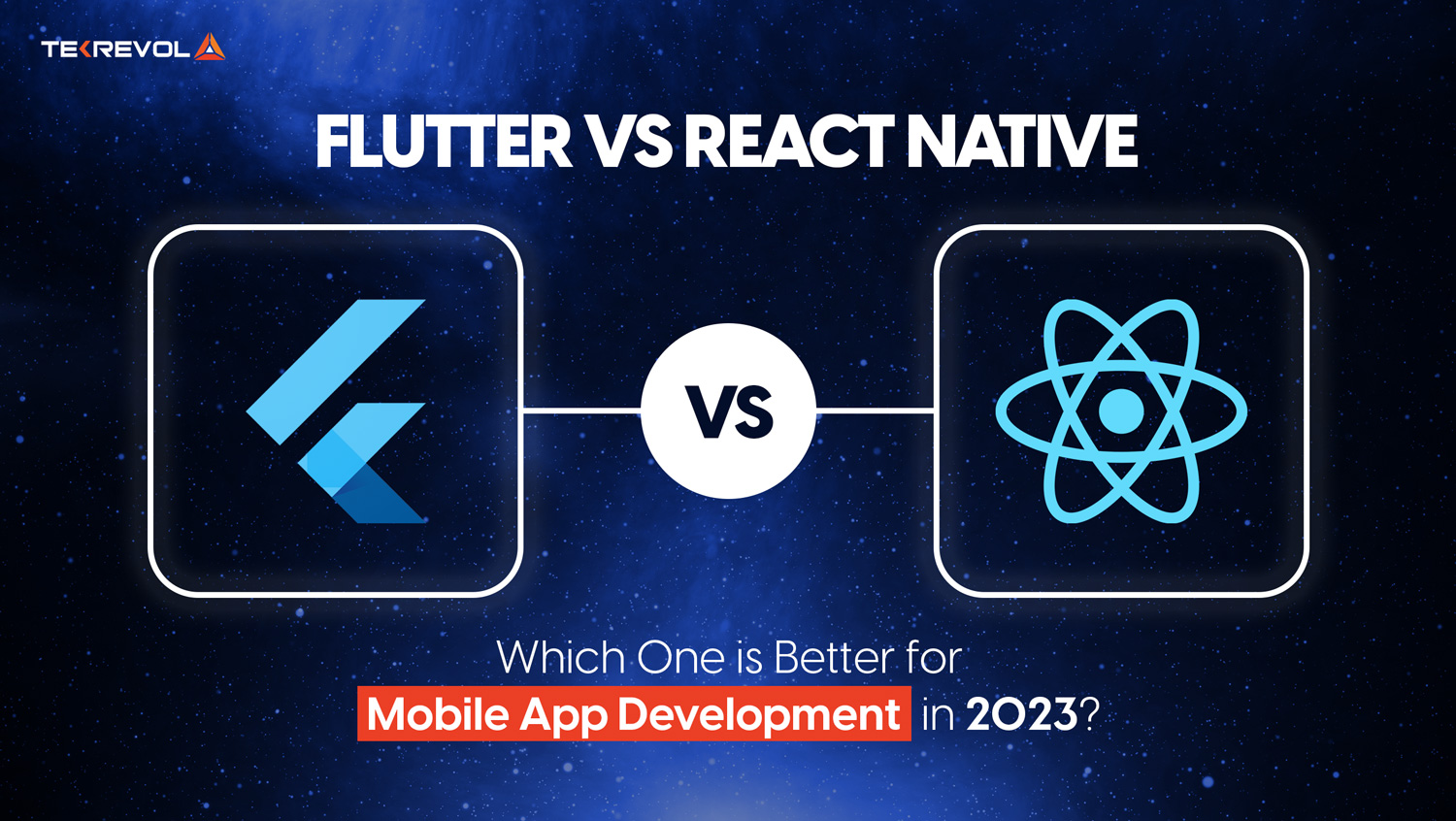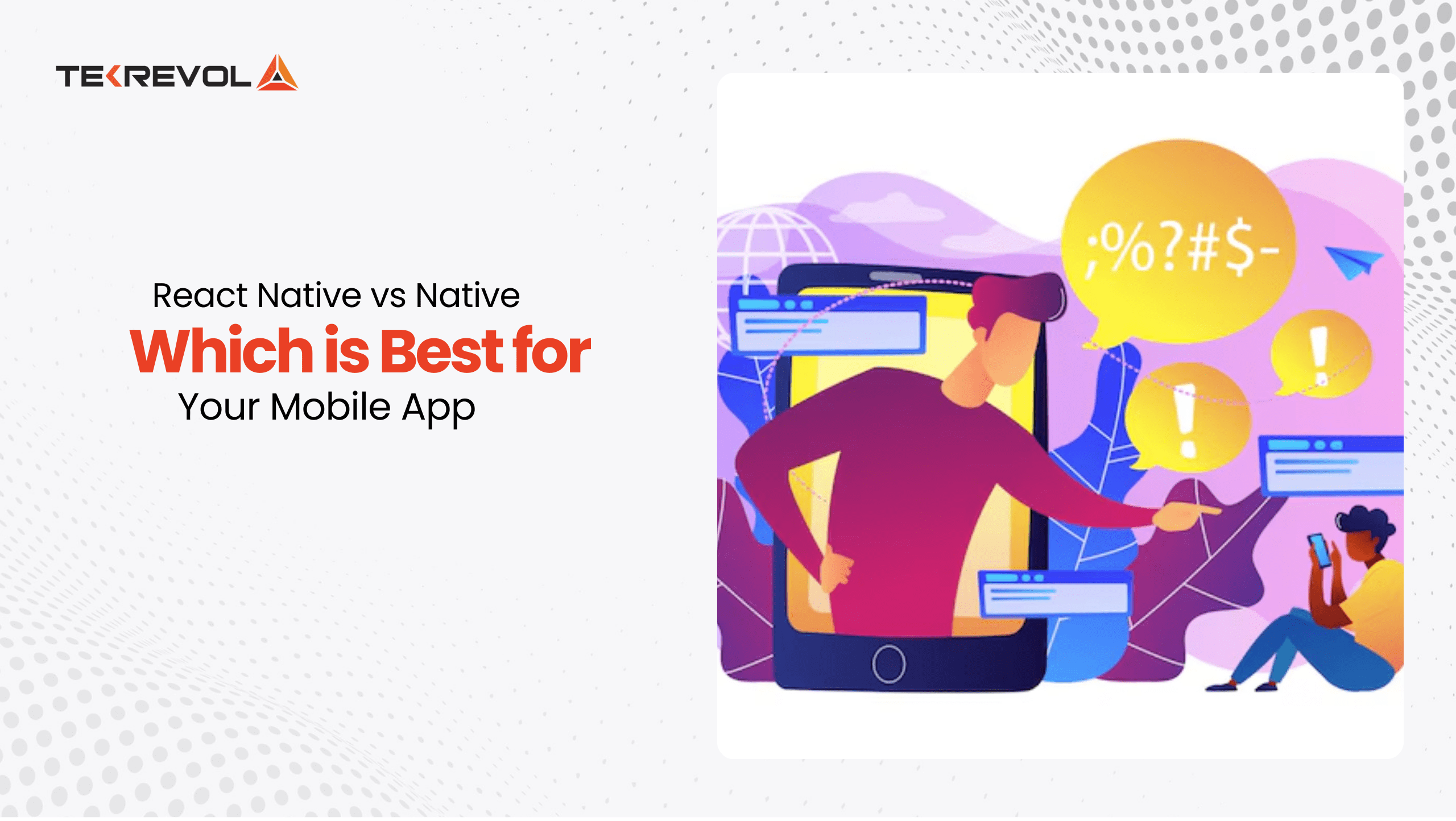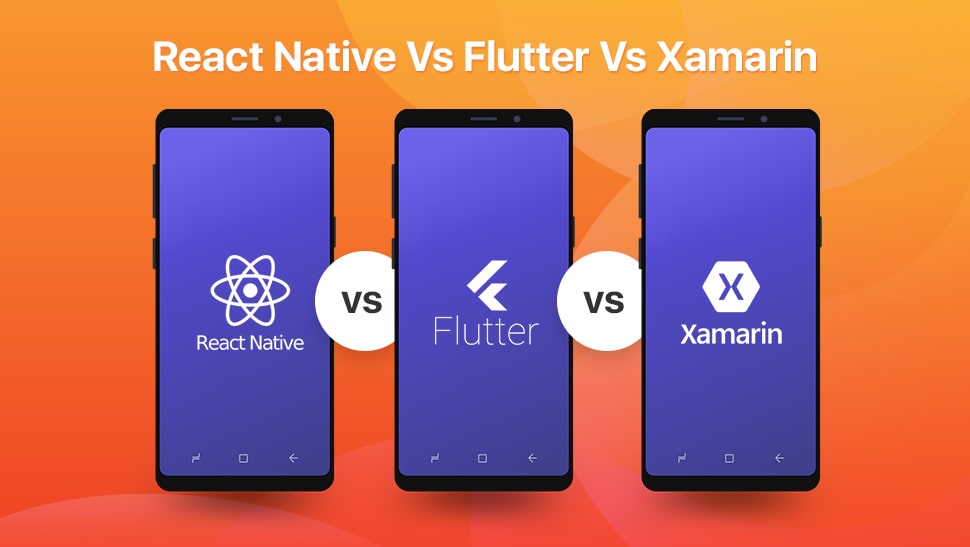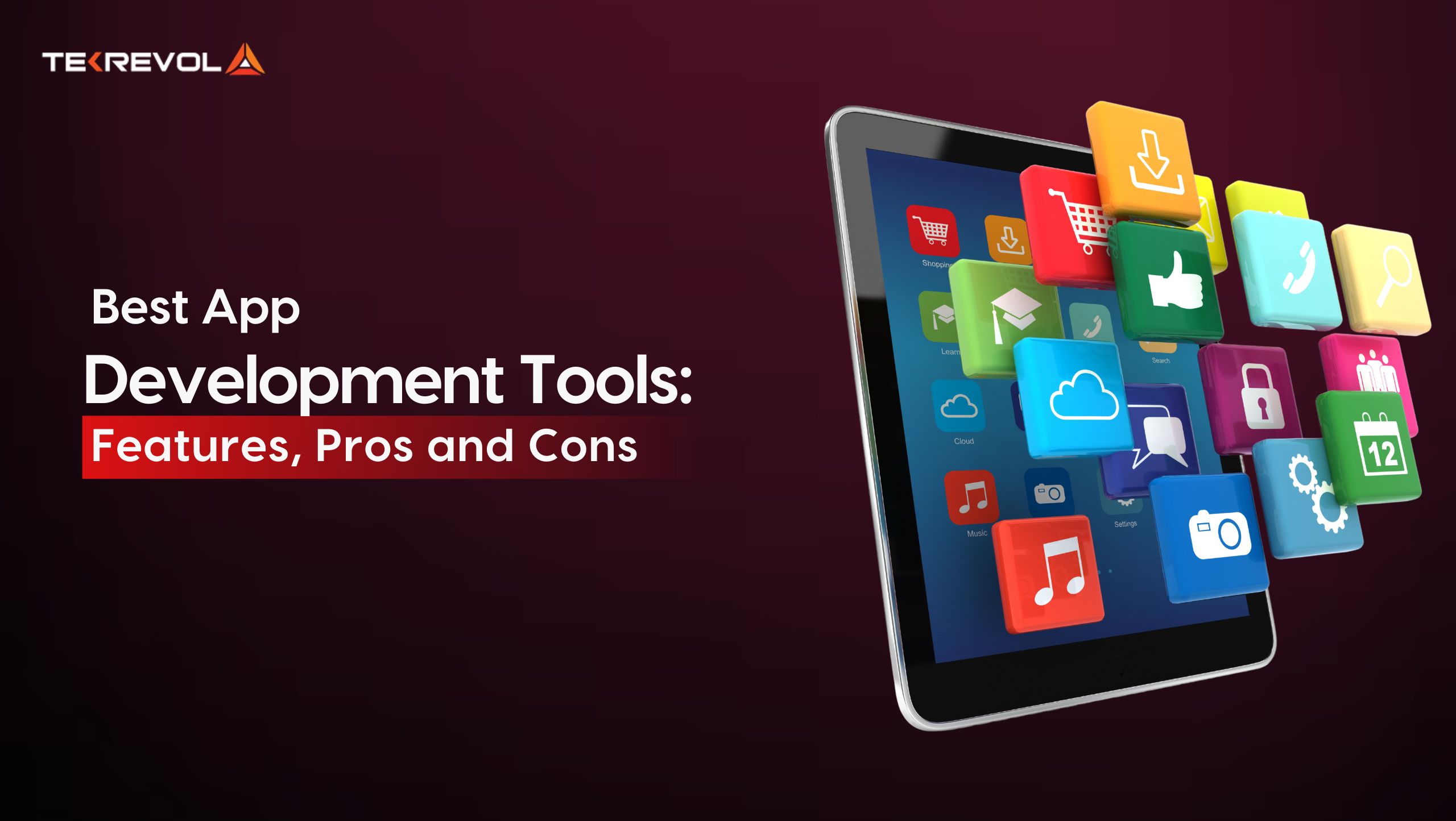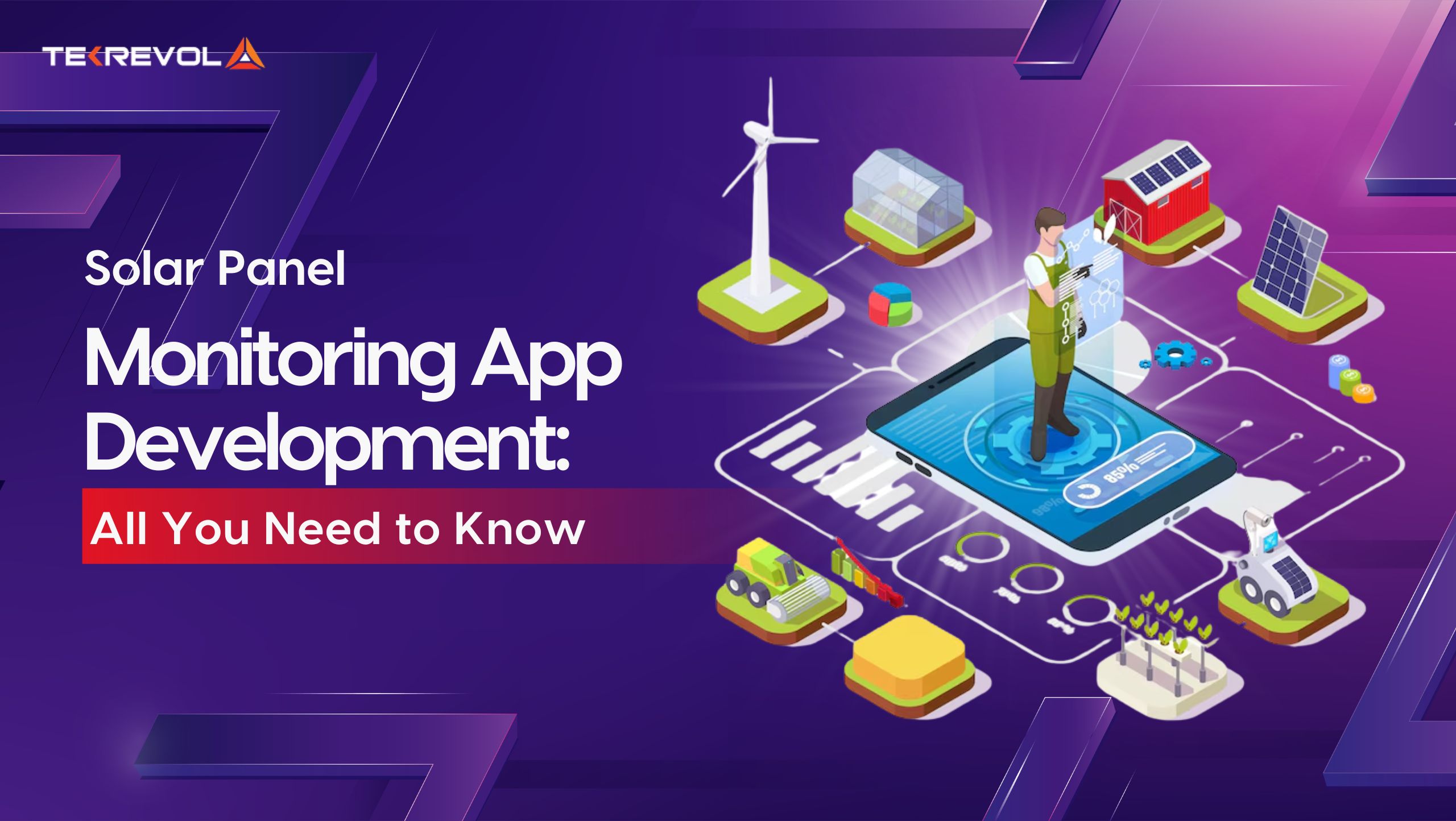The emergence of mobile apps has brought a paradigm shift in the way we live and the way businesses operate.
With mobile apps becoming an essential component of our daily regime, companies have realized their significance and are striving to provide their customers with seamless experiences.
However, creating a mobile app is quite strenuous. Also choosing the appropriate framework is also crucial.
Out of several platforms used for Dallas mobile app development, the two most prevalent frameworks are Flutter and React Native.
Both frameworks have their pros and cons, and opting for one over the other can be a daunting task.
According to recent reports, mobile apps have generated a whopping $693 billion in revenue so far. Thus, making it crucial to select the right framework to stand out in the competitive app development industry.
In this article, we will compare Flutter and React Native and help you decide which framework is better suited for mobile app development in 2024.
Market Overview – Flutter Vs. React Native
The following graphs will help you decide which platform has the most potential in the upcoming years. 


- Looking to Build a Compelling Mobile App?
- Let our team of experienced mobile app developers help you create a customized mobile app that caters to your specific business needs.
What is Flutter – An Overview
Flutter is a cross-platform user interface system developed by Google in 2017.
One of Flutter’s main advantages is its ability to create cross-platform frameworks with a single codebase.
In the past, developing mobile applications was quite a tedious task. Flutter simplifies this process by allowing developers and businesses to create applications for multiple platforms using a single language and set of tools.
Some of the most common popular mobile apps that are developed from this tremendous platform are;
- Ali Baba
- eBay
- Google Trends
- Reflectly
- BMW
Noteworthy Key Stats Regarding Flutter Framework
- Flutter is highly popular, with 68.8% of developers using it for cross-platform app development.
- Globally, 39% of the population utilizes Flutter for mobile app development company.
- 7.2% of Flutter users choose the framework due to its popular tools and libraries.
- There are already over 150,000 Flutter apps available on the Play Store.
What is React Native – An Overview
React Native is an open-source platform with the ability to create cross-platform applications using JavaScript.
One of the main advantages of React Native is its capability to deliver a native user experience on both iOS and Android devices, which can significantly reduce development time and costs.
The following framework uses a combination of JavaScript and XML-esque markup, known as JSX, to build user interfaces.
React Native is backed by Facebook. Additionally, React Native has a vast ecosystem of libraries and tools, which makes it easy for developers to add features and functionality to their applications.
Overall, React Native is a powerful platform for building cross-platform applications, with a strong community and extensive resources.
Some of the most demanding mobile apps based on react native platform includes;
- Wix
- Walmart
- Sound Cloud
Recent Key Stats Associated with React Native Platform
- According to Statista., React Native was used by 42% of developers for cross-platform application development.
- 11.5% of developers prefer React Native due to its native tools and libraries.
- 58.5% of the developing community enjoys working with React Native.
Flutter Vs. React Native: Cross-Platform Frameworks

Flutter and React Native are top cross-platform development frameworks. They share code across platforms while delivering a customizable, responsive UI.
Google created Flutter, and Facebook created React Native, with large teams handling everything from the SDKs to support.
These frameworks are better than traditional native app development since they share a large part of their codebase.
Flutter Vs. React Native: Pros and Cons

Pros & Cons of Using Flutter
Flutter is a popular cross-platform development framework that has its own set of advantages and disadvantages.
Here are some of the pros and cons of using Flutter.
Hot Reload
With this feature, changes made to the code are instantly reflected in the user interface without affecting the state of the application.
Fast Performance
Flutter-based apps offer fast performance, up to 60 fps, and even more.
Customizable Widgets
Flutter offers a rich set of customizable widgets based on Material Design or Cupertino framework that make applications look great.
Integrations
Flutter can be integrated with popular development tools like Visual Studio Code, Android Studio, and Xcode. It can also be easily integrated with Google services, as Google is the creator of Flutter.
High-Performance Apps
Flutter uses a Dart programming language that is compiled into native code, which ensures that the apps developed using Flutter are fast and responsive.
Cons
Limited Third-Party Libraries
Flutter is a relatively new framework, which means that there are fewer third-party libraries and tools available as compared to other frameworks like React Native.
Large App Size
Flutter apps tend to have a larger size as compared to native apps. This can be a problem for users who have limited storage space on their devices.
Limited Platform-Specific Features
Flutter’s cross-platform approach means that it may not support all the platform-specific features of each operating system. This may limit the functionality of the app on certain platforms.
Pros & Cons of Using React Native
Here is a quick rundown of the benefits and pitfalls associated with React Native.
Pros
Cost Efficient
React Native offers an affordable way to build cross-platform apps. The reason is that 90% of the same code is being utilized for both Android and iOS, resulting in reduced development costs and maintenance expenses.
Modular Design
The use of modular programming technology in React Native allows for flexible application development. This simplifies the creation and integration of app updates.
Fast Time to Market
Developers use ready-made components to build application features faster, making React Native easier to code than other development platforms. As a result, it takes less effort to build and run React Native apps, reducing the time to market.
Hot Reload
This feature allows developers to implement changes to the code in real-time, enabling them to update a running application without forced downtime.
Excellent Performance
React Native apps demonstrate impressive performance, comparable to native apps. Thanks to built-in controls that use native OS components to seamlessly code native APIs.
Cons
Debugging and Compatibility Issues
As React Native is still in beta, it may have some obvious issues like complex app debugging and compatibility limitations.
Poor Memory Management
React Native may not be the best choice for building high-performance software solutions. The reason is its poor memory management. If you need to build an app that requires complex calculations, you should look for an alternative development platform.
Key Differences Between Flutter and React Native

Programming Language
If you decide to build your application using Flutter, you’ll need to learn a new programming language called Dart.
Although Dart is relatively young, it boasts an object-oriented structure with elegant syntax and well-documented examples, making it an easy language to learn.
On the other hand, React Native uses JavaScript, a well-established language with an extensive range of tutorials and millions of supporters worldwide.
JavaScript has played a crucial role in dynamic web development and is a popular choice for building mobile apps. However, Dart’s ahead-of-time and just-in-time compilers can improve app performance, making Flutter and Dart faster options.
So, if you prioritize speed, Flutter and Dart are the clear winners. But if maturity and a vast talent pool are your top priorities, you should choose React Native and JavaScript.
Architecture
When choosing a cross-platform mobile development environment, understanding the technical architecture is crucial. React Native’s JavaScript Bridge pattern and Flux architecture rely on a bridge to communicate with modules, slowing down applications.
In contrast, Flutter’s Dart language has built-in components and frameworks, making apps faster.
Additionally, Flutter uses the Skia graphics engine, written in C++
Layout
Flutter’s widget-based approach simplifies UI development, eliminating the need for custom widgets since Google offers pre-built ones. Meanwhile, React Native employs JavaScript and JSX for UI development.
Google vets all Flutter extensions, ensuring compatibility. In comparison, Swift obscures code for building UI components. Developers using Flutter can view Google’s code, which provides more transparency and opportunities for learning and customization.
Development Tools and Documentation
React Native’s documentation is geared towards experienced web developers who are familiar with JavaScript, and it may have gaps in critical features such as navigation. In contrast, Flutter has an extensive documentation with comprehensive guides and video tutorials.
Additionally, Flutter provides built-in resources for app creation, including a debugger and inspector.
User Interface
React Native leverages a JavaScript bridge to render native components for Android and iOS apps, utilizing pre-built components as building blocks. However, reproducing complex user interfaces and inconsistent behavior across platforms are the major issues. Conversely, Flutter simplifies development with its comprehensive UI widgets, eliminating the need for third-party libraries. Flutter ensures smooth cross-platform apps.
UI and Development API
React Native employs native iOS and Android UI components, as well as APIs for UI rendering and device access.
It relies heavily on third-party libraries to access most native modules. Meanwhile, Flutter uses custom widgets to avoid relying on third-party libraries. This allows for UI rendering, device API access, navigation, testing, stateful management, and much more.
Development Time
Experienced JavaScript developers can begin developing cross-platform apps with React Native. A hot reload feature makes UI testing more efficient. IDE support is flexible, allowing the use of any text editor. Similarly, Flutter offers a hot reload feature but requires learning new concepts as apps become more complex. Additionally, Dart isn’t widely used, making IDE support a potential bottleneck.
Code Reusability
While both frameworks support code reuse, Flutter offers greater opportunities in this regard. Changing a single line of code to specify new business logic allows developers to reuse the codebase.
However, reusability is more complicated in React Native as not all code is compatible with all mobile platforms, requiring developers to find alternative components and make changes to the codebase.
Quick Comparison Between Flutter & React Native – Which one is Better in 2024?

Backend for Flutter and React Native Frameworks
Flutter and React Native are highly favored frameworks for mobile app development. They provide benefits such as rapid development, cross-platform compatibility, and simple backend integration. However, when it comes to the backend, certain technologies are more compatible with each framework.
What is the Best Backend for Flutter?
When it comes to backend options for Flutter, one of the most widely used choices is Firebase.
This platform offers a plethora of tools and services for mobile and web app development, such as real-time database, authentication, hosting, and more.
By leveraging Firebase, developers can create cloud-powered apps that are both scalable and secure.
In addition to Firebase, other backend options for Flutter include AWS Amplify and Google Cloud Platform.
What is the Best Backend for React Native?
One popular backend option for React Native is Node.js, a JavaScript runtime for building scalable applications. Other options include AWS Lambda, Azure Functions, and Google Cloud Functions. In the end, the choice ultimately depends on the app’s specific needs and preferences.
Best Use Cases for Flutter & React Native
React Native and Flutter are excellent tools for quickly creating simple mobile apps.
Suppose you are creating a complex enterprise-level mobile application that requires precision design, top-notch performance, and seamless integration with native functionalities, then using native development might be a better choice.
This doesn’t mean that React Native or Flutter can’t be used for larger, more intricate applications. But it’s important to keep in mind that both technologies may cause unnecessary complications in the long term.
For instance, Airbnb switched from React Native to native development in 2019 because of issues such as the unpredictability of React Native’s ecosystem, difficulty replicating bugs, and the requirement to write bridges for platform-specific functions.
When considering incorporating technology into your tech stack, it’s always a good idea to examine the bigger picture and weigh the tradeoffs and benefits carefully.
When to Utilize Flutter?
- Flutter is a good choice if you have a limited budget since it eliminates the need to have separate teams for native Android and iPhone App development.
- It’s also a great option if you have a short deadline and need to launch your product quickly.
- If you want to create a visually appealing UI with pixel-perfect designs and components, Flutter is an excellent choice.
- Additionally, if you need to build a cross-platform experience for your users, in that case, Flutter is a viable solution.
When to Utilize React Native?
- React Native is a good option if you have an existing desktop app or website and want to reuse components for a mobile app. Thus having a single technology stack.
- If you have a team of JavaScript experts who are familiar with your existing assets, using React Native can be beneficial since it enables the use of numerous plug-ins, modules, and widgets from the vast npm repository.
The Future of Flutter & React Native
Flutter and React Native are two popular cross-platform development frameworks that enable the creation of applications that work across multiple platforms with a single codebase. Both have their strengths and weaknesses, but they are considered the future of mobile application development.
React Native is a mature platform that has gained popularity due to its ability to create code once and use it on both iOS and Android. Thus, resulting in saving time and resources.
React Native’s key strength is cross-platform development, which is enabled by its ability to translate application code into machine language and provide a native look and feel for mobile applications. Additionally, it was built on top of the already-popular React JavaScript library, which makes it an attractive option for web developers who want to create mobile applications.
Flutter is a newer platform that is rapidly gaining traction in the mobile development community. It is highly attractive for its simplicity compared to web application development and its speed of work on par with native applications. The platform is built on the Dart language, which was created by Google as an extended version of JavaScript. This makes it a powerful source of learning resources and more skilled developers to build mobile applications.
Both platforms have their pros and cons, but the future of cross-platform mobile App development is likely behind Flutter. It has the advantage of high performance and speed, making it an obvious choice over competitors.
Other than that, Google is investing heavily in Flutter’s growth, indicating a bright future for the platform. However, React Native is still an excellent choice for companies with a smaller budget, JavaScript expertise, and a preference for a proven solution.
In summary, the choice of platform ultimately depends on the specific needs of the project. However, as technology continues to evolve, the future of cross-platform development is behind Flutter. And companies that want to stay ahead of the curve would do well to consider it as their platform of choice.
Flutter Vs. React Native – Bottom Line
In conclusion, the future of mobile application development looks bright with the emergence of cross-platform frameworks like Flutter and React Native. Both open-source frameworks are designed to save time and resources while providing a native look and feel to mobile applications.
React Native has been adopted by many companies and boasts a mature community support system. Meanwhile, Flutter, being a young platform, is rapidly growing with support from Google and has a strong advantage over competitors with its high speed and reliability.
Although both frameworks have their strengths and weaknesses, developers and companies can choose what fits their projects better.
If the project requires better native support, then React Native is the way to go. However, if high performance is a top priority, Flutter should be the go-to platform.
Both platforms are excellent choices for saving time and money on mobile app development.
Looking for a reliable and experienced team to develop your mobile application? TekRevol is here to help. We have expertise in both frameworks and can help you choose the best one for your project.
Contact us today to discuss your app details and get started on building your dream app.

 2874 Views
2874 Views March 30, 2023
March 30, 2023